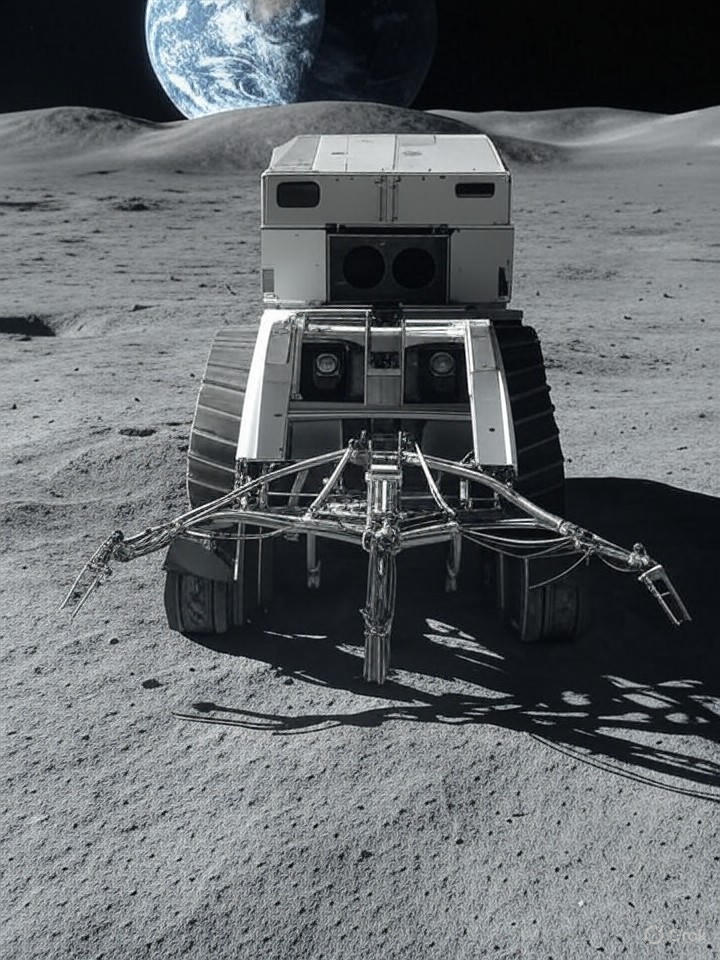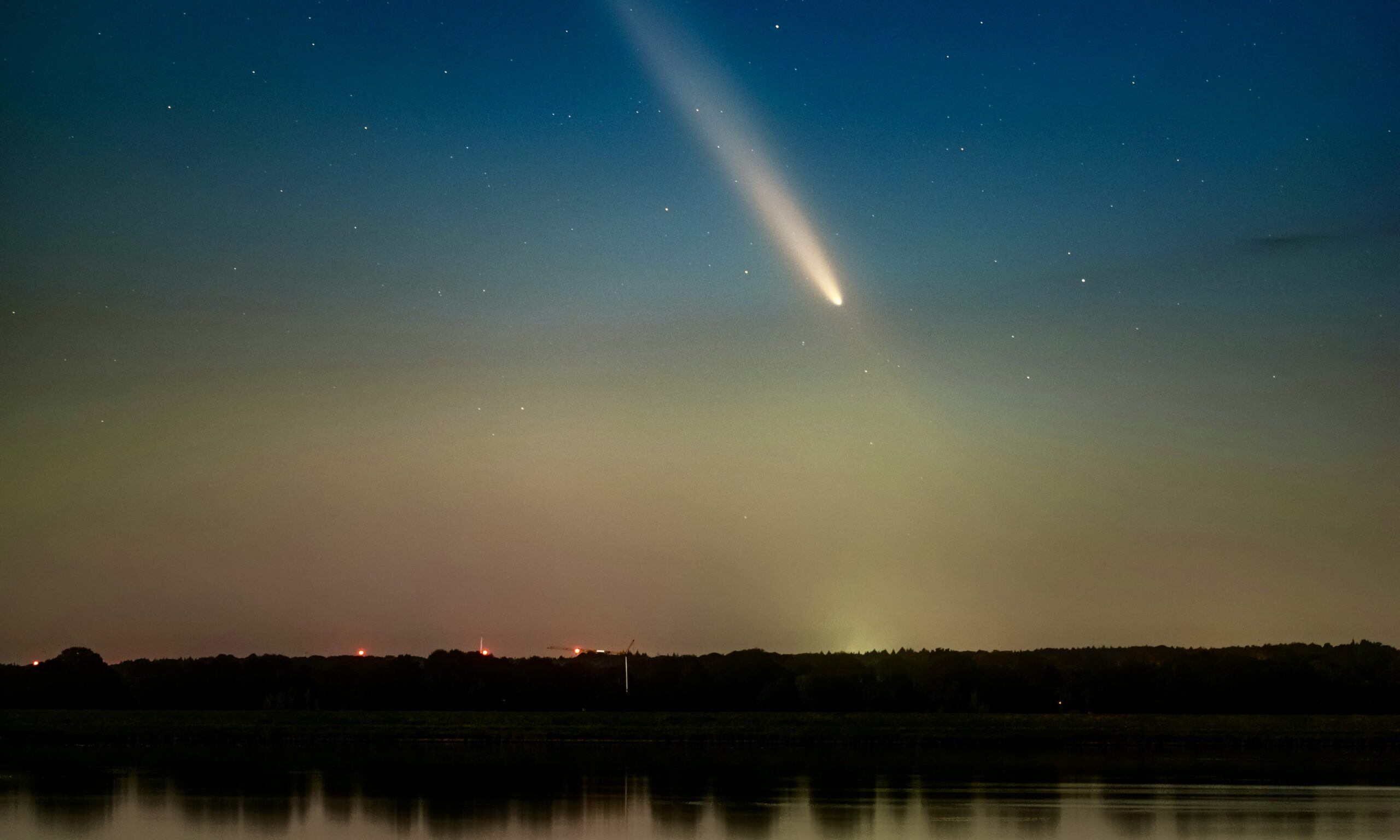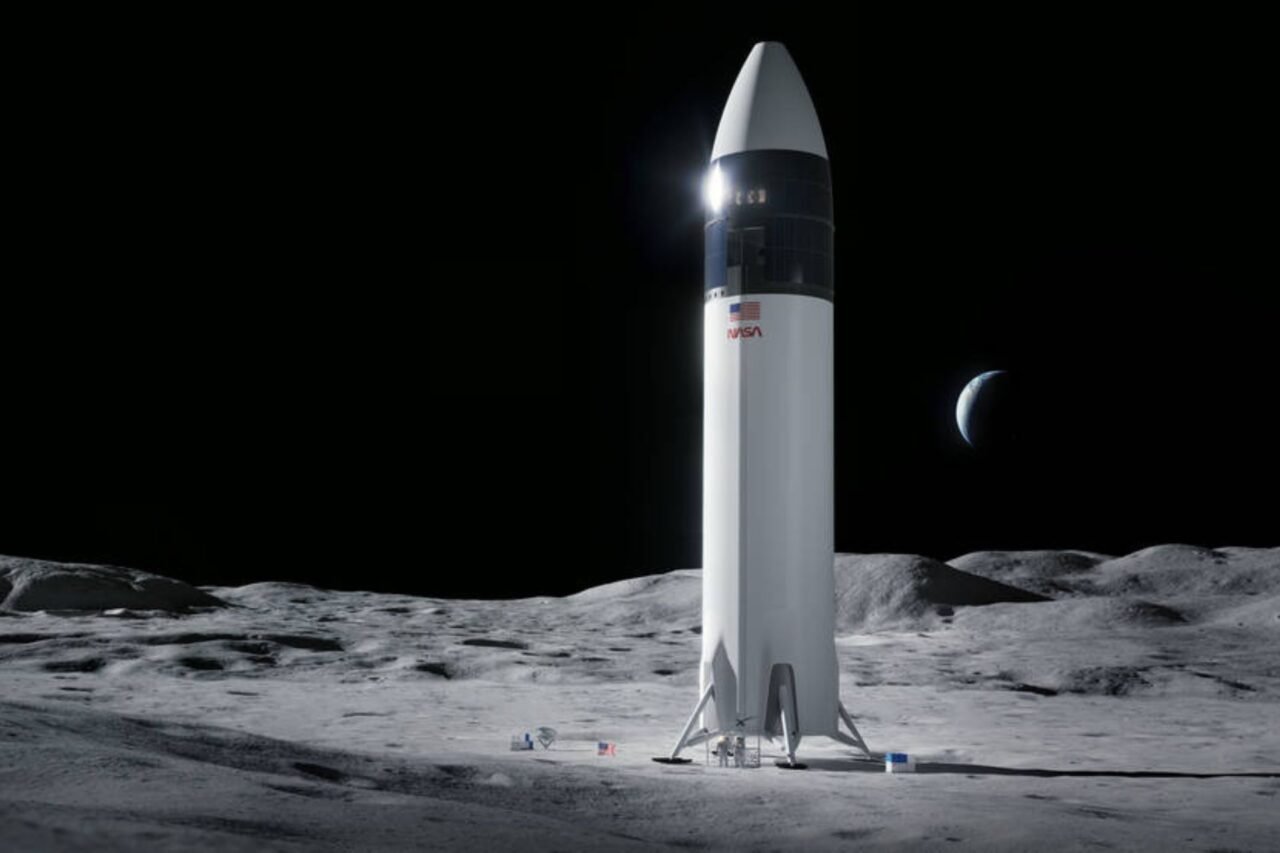A pioneering venture in space mining is underway as the company Interlune has announced the discovery of helium-3 deposits on the lunar surface. This isotope, which holds the potential to transform industries such as quantum computing and clean energy, could be commercially extracted by 2028. This development highlights the increasing interest in extraterrestrial resource extraction, as both nations and private entities race to exploit the moon’s rich resources.
Helium-3 is a rare isotope that is virtually absent in significant quantities on Earth but is abundant in the moon’s regolith, thanks to billions of years of exposure to solar wind. Unlike helium-4, which is more commonly found, helium-3 is non-radioactive and is considered ideal for nuclear fusion reactors, offering a pathway to virtually limitless and waste-free energy. Experts place its value at approximately $20 million per kilogram, driven by demand in high-tech sectors.
Geopolitical Landscape of Lunar Resource Extraction
The announcement comes at a time of heightened competition between global powers, particularly the United States and China, both of whom are positioning themselves to gain a foothold in lunar exploration and resource extraction. According to a report from Space.com, Interlune’s initiatives are part of broader ambitions to secure helium-3 for various applications, including its critical role as a coolant in quantum computing systems.
Interlune has already secured initial agreements, including one to supply up to 10,000 liters of extracted helium-3, indicating early market confidence in their venture. They have also unveiled a prototype harvester designed to process 110 tons of lunar soil per hour. This advancement addresses some of the logistical challenges associated with lunar operations, such as extreme temperatures and the lack of atmosphere, while striving to minimize environmental impact.
Technological Innovations and Future Prospects
The potential applications of helium-3 extend beyond energy production; it is also valuable for medical imaging and supercomputing, where supply shortages on Earth have inflated prices. A feature in Forbes notes that Interlune is developing autonomous robotic systems for mining, with plans for operational readiness by 2028. This timeline aligns with NASA’s Artemis program and China’s Chang’e missions, which may provide essential infrastructure for transporting and processing lunar materials.
Despite the promise, challenges remain, particularly the high costs of space travel and the uncertain economics of returning materials to Earth. Nevertheless, advocates for in-situ resource utilization argue that using lunar materials for building habitats or fueling operations could offset these expenses. As discussed in Interesting Engineering, global powers view helium-3 as “moon gold,” with Russia also entering the competition, potentially altering the landscape of energy geopolitics.
Financially, Interlune’s ambitions are attracting significant investment, raising funds for multispectral cameras aimed at precise resource mapping, as noted in Autoevolution. A partnership with Bluefors, a company specializing in quantum cryogenics, represents one of the largest contracts in space resource extraction to date, underscoring the strategic importance of helium-3 in advancing computational technology.
Ethical considerations also arise regarding equitable access to lunar resources, particularly under the Outer Space Treaty. Critics warn of a potential new colonial rush, while supporters emphasize the opportunity for shared technological advancements, such as safer fusion energy, which could significantly contribute to mitigating climate change.
Looking ahead, successful extraction of helium-3 could catalyze a broader space economy, encompassing the mining of water ice, rare earth elements, and oxygen from lunar soil. Insights from 21st Century Tech Blog suggest that this could support permanent lunar settlements, reducing reliance on Earth-based resources. For industry experts, the scalability of Interlune’s prototypes will be a critical measure of success. If proven viable, the venture could attract billions in investment, transforming the moon from a scientific frontier into a commercially viable domain.
Ultimately, Interlune’s lunar mining efforts signal a pivotal shift in how humanity approaches resource extraction beyond Earth, with potential implications for technological advancement and global energy dynamics. As extraction technologies continue to mature, the dream of utilizing cosmic resources draws closer to reality, promising profound impacts on the future of technology on Earth.







